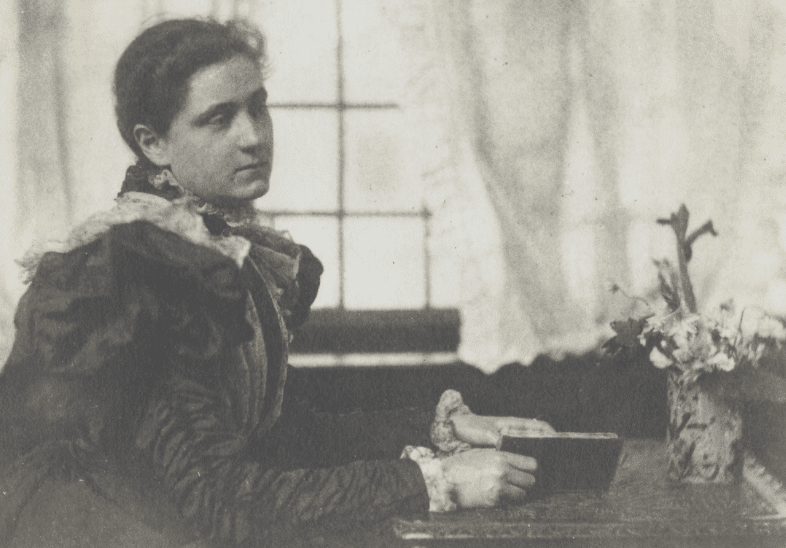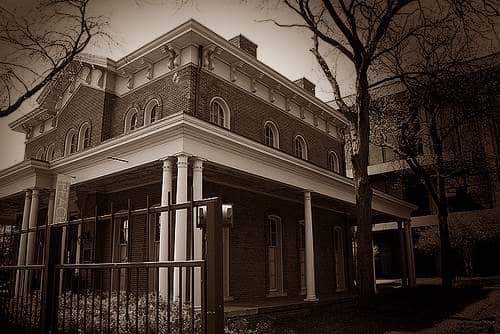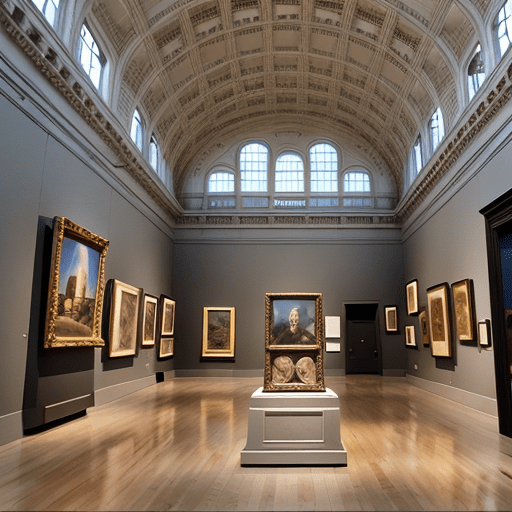The Chronicles of Hull House: A Haunting Legacy
In the heart of Chicago lies a monument to social reform and a beacon of spectral tales. Known as the Hull House, this historical landmark has been a center of ghost stories, urban legends, and tales of the supernatural for over a century.
The Hull House: A Historical Overview
Founded in 1889 by social reformers Jane Addams and Ellen Gates Starr, the Hull House swiftly gained recognition as the country’s most influential settlement house. Today, it stands as a museum on the University of Illinois at Chicago campus, preserving the legacy of its founders and the spectral tales that have become part of its history.

Origin and Expansion
The Hull House began its journey as a grand mansion on Halsted Street, built in 1856 for affluent real estate developer, Charles J. Hull. It was later transformed into a settlement house that evolved into a 13-building complex, illuminating the city block with its vision of social reform.
Hull House’s Social Impact
The Hull House became a hub for the city’s underserved population, providing them with a myriad of social, educational, and artistic programs. By 1920, it was recognized as the leading settlement house in the United States, inspiring the establishment of nearly five hundred similar settlements nationwide.
The Eerie Presence: Hull House’s Haunting Tales
The Hull House is synonymous with Chicago’s ghost stories. Its rich history is interwoven with tales of apparitions, eerie occurrences, and even accounts of a devil baby.
The Haunted Bedroom
The mansion’s haunting legacy began with Charles Hull’s family tragedies. After Hull’s wife and two sons passed away within the house, it was said that their spirits lingered. Jane Addams herself reported sightings of a spectral woman in what she dubbed the “haunted bedroom,” leading to its eventual closure.
The Portal Courtyard
Adjacent to the Hull House Museum is a courtyard, believed to be a conduit for spirits to enter and exit the mortal world. Mystifying occurrences such as a disappearing fountain further intensified the site’s supernatural reputation.
The Devil Baby Legend
Perhaps the most notorious tale associated with the Hull House is the legend of the devil baby, a narrative that gripped the city in 1913.
The Genesis of the Legend
The devil baby story began with whispers of a severely deformed infant abandoned on the Hull House doorstep. This tale quickly escalated into mass hysteria, with people flocking to the mansion to catch a glimpse of the devil spawn.
The Cultural Impact
The devil baby legend was more than just a ghost story. It mirrored the immigrant community’s fears, superstitions, and the struggles they faced. It served as a cautionary tale, warning against domestic disputes and lack of religious faith.
Hull House: A Modern Haunted Attraction
Today, the Hull House is a favorite stop on Chicago ghost tours. Its haunted legacy continues to intrigue visitors, adding a layer of mystery to its historical significance.
Despite the spectral tales, Hull House stands as a testament to the progressive ideals of Jane Addams and Ellen Gates Starr. Its haunting legacy, intertwined with its social impact, makes it an enduring part of Chicago’s history.
The Hull House encapsulates Chicago’s social reform history and its cultural fascination with the supernatural. As we step into its halls, we are not just walking through a museum but entering a realm where history and ghostly tales coexist, reminding us of the city’s vibrant past and its enduring legends.


